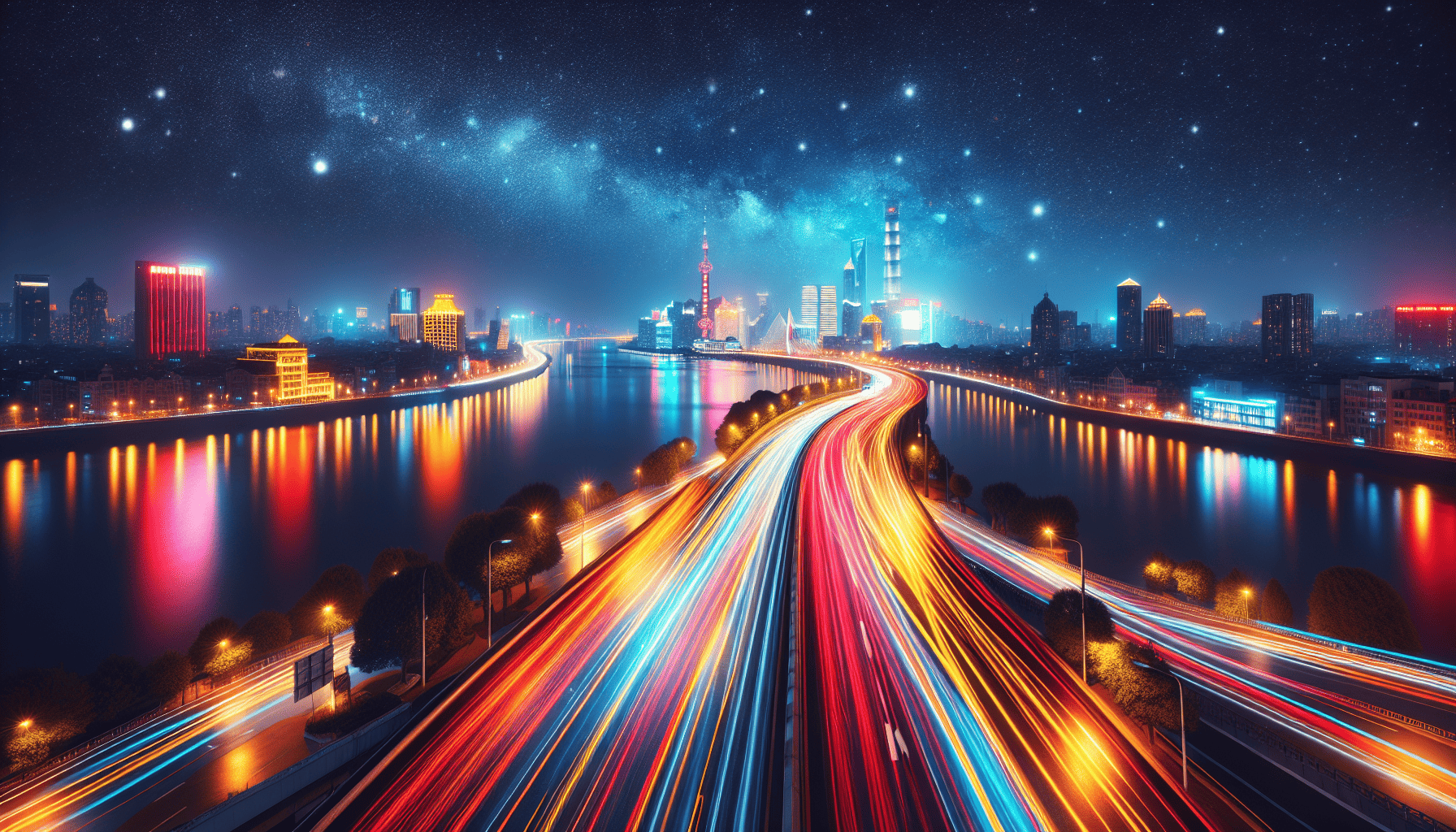Long exposure photography is a fascinating technique that allows photographers to capture the passage of time in a single frame, resulting in ethereal and often surreal images. Mastering this art form opens up a world of creative possibilities, transforming ordinary scenes into extraordinary works of visual art.
Understanding the Basics
At its core, long exposure photography involves keeping the camera's shutter open for an extended period, ranging from a few seconds to several hours. This technique allows more light to reach the camera sensor, capturing movement in a way that results in a soft, blurred effect. The subject of the image remains sharp while moving elements, such as clouds, water, or traffic lights, appear as streaks or ghostly trails.
Essential Equipment
To get started with long exposure photography, you'll need a few essential pieces of equipment:
-
Camera: A DSLR or mirrorless camera with manual settings is ideal, as it provides greater control over shutter speed and aperture.
-
Tripod: Stability is crucial for capturing clear images during long exposures. A sturdy tripod will prevent any camera shake that could blur the entire image.
-
Remote Shutter Release: This tool minimizes camera movement when triggering the shutter, ensuring crisp results.
-
Neutral Density (ND) Filters: These filters reduce the amount of light entering the lens, allowing you to use longer exposure times even in bright conditions.
-
Wide-Angle Lens: While not essential, a wide-angle lens can help capture expansive scenes and dramatic skies.
Techniques and Tips
-
Choose the Right Location and Time: Long exposure photography often works best in environments with moving elements. Waterfalls, ocean waves, busy city streets, and starry nights are popular choices. Early mornings and late evenings provide naturally low light, allowing for longer exposure times without overexposing the image.
-
Set Up Your Camera: Once you've found your location, mount your camera on the tripod and frame your shot. Set your camera to manual mode, and adjust the ISO to the lowest setting to minimize noise. Select a small aperture (high f-number) to ensure a sharp image from foreground to background.
-
Experiment with Shutter Speed: The shutter speed determines how much motion is captured. Start with a few seconds and gradually increase the time to see how it affects the image. Longer exposures will create more pronounced motion blur.
-
Use ND Filters: On bright days, ND filters are essential for achieving longer exposures. These filters come in varying strengths, and you can stack them to reduce more light if necessary.
-
Compose Carefully: The composition is key in long exposure photography. Look for strong lines and shapes that can anchor the moving elements. Incorporate contrasting elements, like a static rock amidst flowing water, to enhance the sense of motion.
-
Post-Processing: Long exposure images can benefit significantly from post-processing. Adjusting contrast, sharpening the image, and enhancing colors can help you achieve the desired effect.
Unleashing Creativity
Long exposure photography encourages photographers to think outside the box. Experiment with different subjects and settings to discover new ways of depicting motion. Light trails from passing cars, the swirl of moving clouds, the smooth surface of water, or the circular trails of stars in the night sky are just a few creative possibilities.
By understanding and mastering these techniques, you can unlock the secrets of long exposure photography, creating dreamy, surreal images that captivate and inspire viewers. As with any art form, practice is crucial. Over time, you'll develop your style and vision, transforming fleeting moments into timeless pieces of art.
